How to Play with Pokemon Cards
If you like Pokémon movies, TV shows, or video games, you can also play the Pokémon Trading Card Game (or Pokémon TCG). It's a great way to have fun with your friends and experience great Pokémon battles in real life! Read on to find out how to play pokemon tcg.
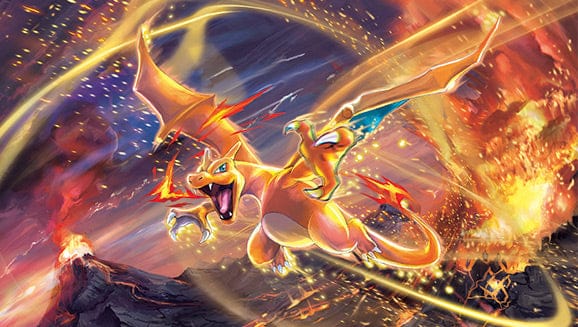
1) Configuring your cards

1 - Mix up your game. Your game must have exactly 60 cards and it must be mixed well. A quarter to a third of the cards in your deck should be energy cards for a well-balanced game, but whatever works for you is good.
If you don't have 60 cards and you're playing casually, ask your opponent if it's possible to play with less than 60 cards in a package. Make sure you and your opponent have thesame number of cards in your games!

2 - Determine who starts. Pull to heads or tails to find out who starts. The first player cannot attack on their first turn.

3 - Draw 7 cards. Take 7 cards from the top of the deck and set them aside, face down.
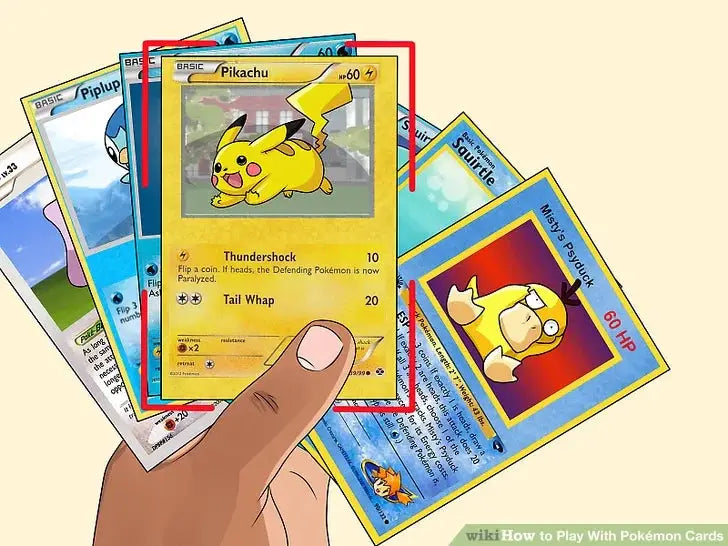
4 - Find your Basic Pokemon. Search your hand of 7 cards for a Basic Pokémon. Basic Pokémon are represented by a box that says "BASIC" at the top of the card. If there are no Basic Pokemon, shuffle your hand into your deck and draw 7 more cards. It's called a mulligan. Each time you mulligan, your opponent has the option of drawing an additional card.

5 - Choose your active Pokemon. If you have at least one Basic Pokémon in hand, put the one you want to use to attack first, face down, on the play area, a few inches in front of you. If you have more than basic pokemon cards in hand, you can put them face down under your active Pokemon like banc (Bench). You cannot have more than 5 Pokémon on your bench at a time.
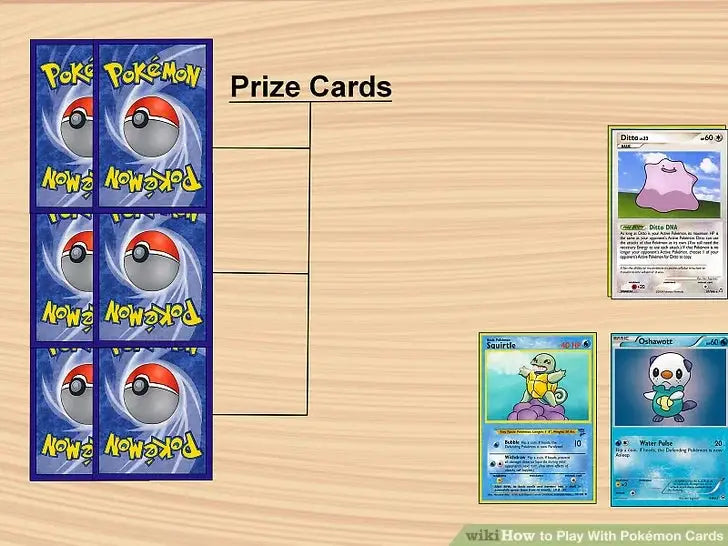
6 - Draw your six prize cards (Prize Cards). You can watch your hand, but don't watch your "prizes" yet! Place these cards in a pile to the side, face down. Each time you eliminate your opponent's Pokémon, take a prize card. When you run out of "prize" cards, you win. It is possible to use less than price cards for a faster game.
There is a special rule for Pokemon EX and GX. If you defeat a Pokémon EX or GX, you can take two prize cards instead of one.
Contrary to popular belief, you do not take or keep your opponent's prize cards. Once you've eliminated a Pokémon, you take Prize cards from your own stack and put them into your hand.

7 - Put the rest of your game aside. In general, they should be on your right, opposite the prize cards. Your "discard" pile is under your deck.

8 - Turn your cards in the right direction. When you're ready to begin, make sure your Active and Reserve Pokémon cards are all face up. The rest of your hand, the prizes, and the rest of your deck must all be face down. You can watch your hand, but not your deck or your prizes.
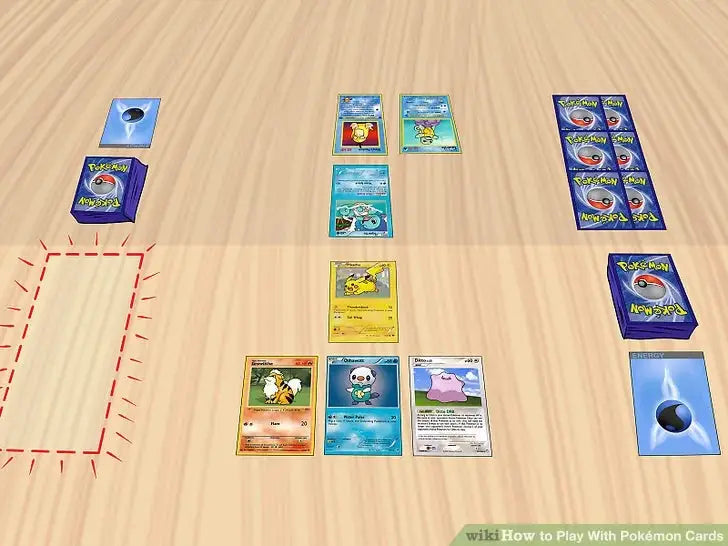
9 - Play until someone wins. You win if you take all your price cards, if your opponent must draw but can't because they have no more cards in their deck, or if you knock out all Pokémon on your opponent's field.
2) Play your cards
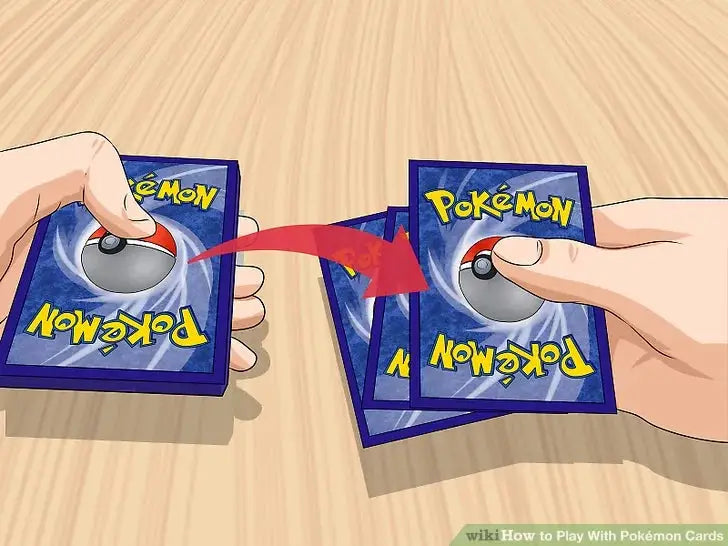
1 - At the start of your turn, draw a card.
Contrary to popular belief, this step is mandatory. You do not have the possibility to choose if you want to draw a card.
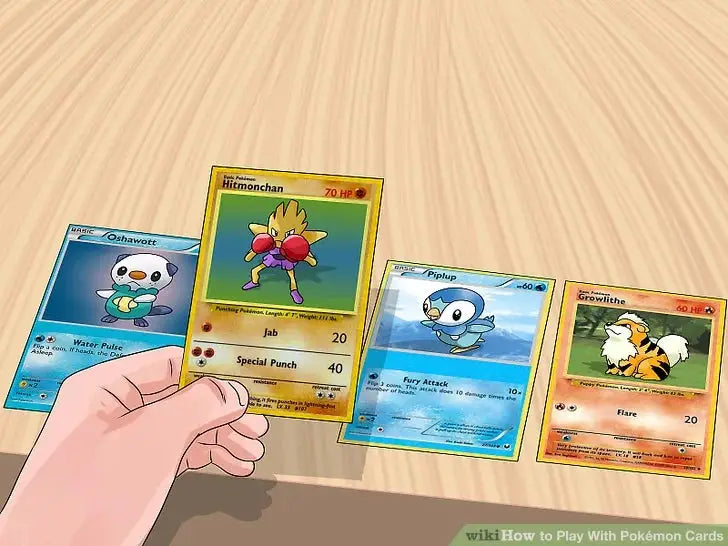
2 - Put a Basic Pokemon on the Bench. If you have a Basic Pokémon in hand, you can place that Pokémon in your Bench. This can be done as many times as you wish. There can be up to five Pokémon on your bench, unless a card on the field says otherwise.
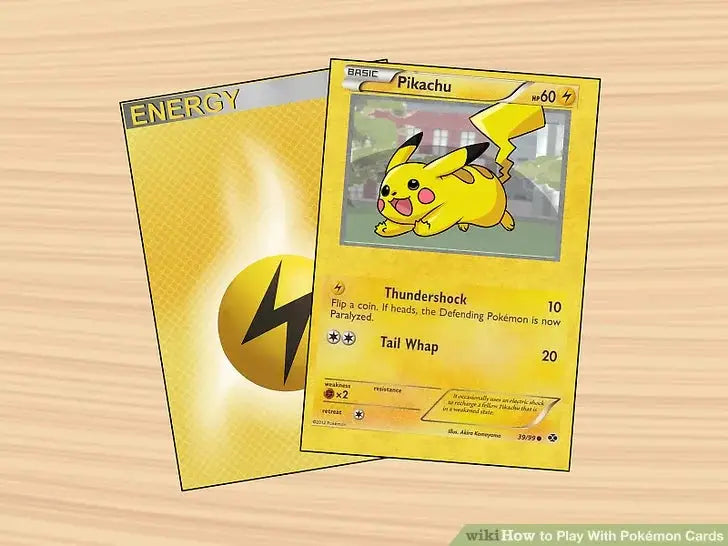
3 - Use Energy cards. You may attach one Energy card per turn (unless a card on the field says otherwise) by placing it under 1 of your Pokémon, below any pre-evolved forms.

4 - Use trainer cards. These cards have descriptions of their effects on the card itself, and allow you to do many useful things. The different types of workout cards pokémon are the objects, the supports, the tools and the stages. You can activate as many objects and tools as you wish during your turn, but only a support And a stadium. After being used, they go to the discard. A Pokemon Tool can be attached to any of your Pokemon that doesn't already have a Tool attached to it. They stay there with the Pokémon until the Pokémon is knocked out, in which case they are both discarded. When playing a stadium, it is placed horizontally between the two players' fields. It is discarded when a new stadium of your opponent comes into play. There are also special energy cards used to provide energy and do other special things that are indicated on the card.

5 - Evolve your Pokemon. If you have evolution cards for a Pokémon that is active or on your bench, you can evolve the Pokémon by putting that card on top of it. A base evolves to stage 1, and a stage 1 to stage 2. You cannot evolve a Pokémon on the first turn it is played, either by benching it or evolving it, unless you use an effect. You also cannot evolve a Pokémon on your first turn.

6 - Use an ability. Some Pokemon have abilities that can be used for special effects. These are listed on their maps. Abilities are not attacks, so you can still attack after using one or more abilities. Be sure to announce the abilities to your opponent so they know what you are doing.
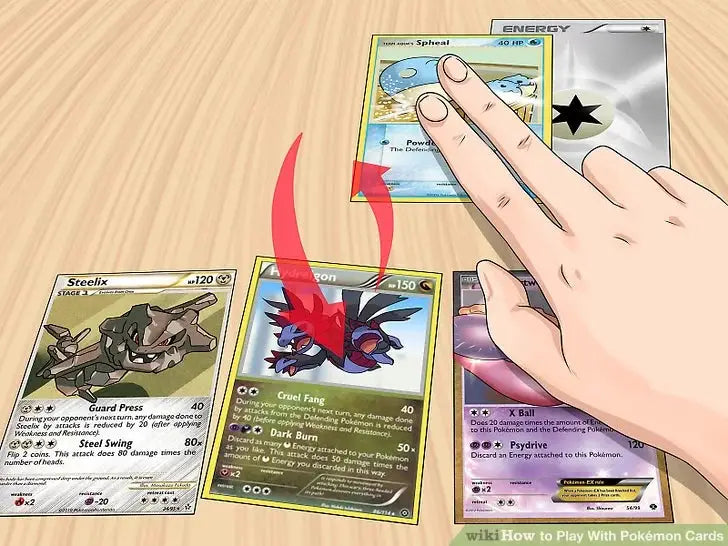
7 - Remove your Pokemon. Removing a Pokémon consists of replacing it with another Pokémon on your bench. Generally, you will have to pay a retreat cost by discarding the Energy attached to this Pokémon. The cost of withdrawal is indicated at the bottom of the card. You can only retreat once per turn.
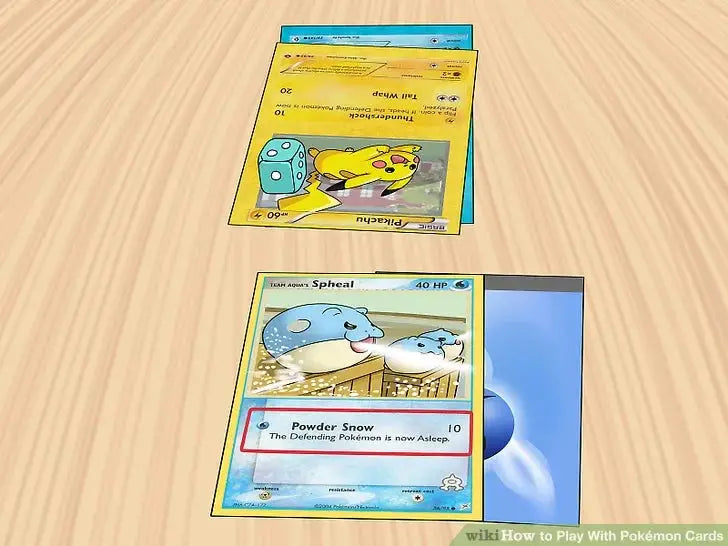
8 - Attack your opponent. The last thing you can do on your turn is attack your opponent's Active Pokémon using your own. After attacking, your turn ends. You cannot attack on your first turn if you are first. This action is developed in the next section.
3) Attack your opponent

1 - Offensive. In order to attack, you must have the correct amount and type of Energy needed for the attack's cost (shown on the card to the left of the attack's name) attached to that Pokémon.
Some attacks require colorless energy. They are indicated by white stars, and can be of any type of energy. Other attacks require specific types of energy.
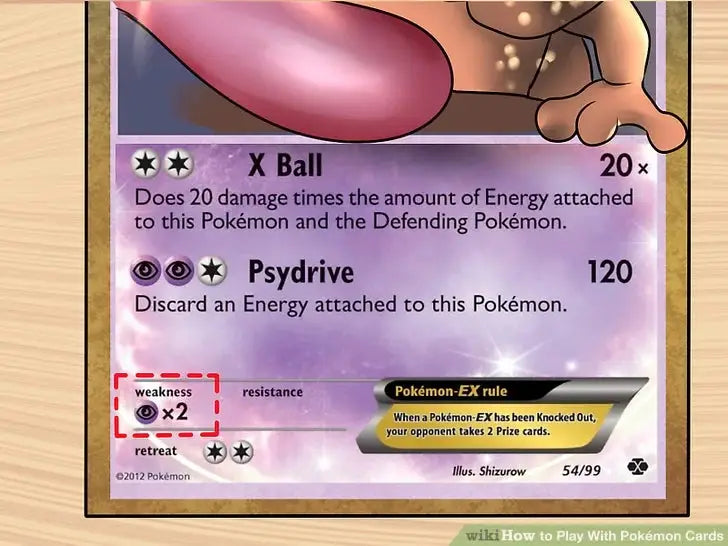
2 - Note your opponent's weakness. Most cards have a Weakness to a particular type. It will take extra damage if your Pokemon is the type it has a weakness to.

3 - Check the resistance of the defending Pokémon. It will receive less damage if your Pokemon is the type it resists.

4 - Inflict damage. The damage inflicted by an attack is shown to the right of the attack name. There are also effects that are listed under certain attacks that can increase damage, so watch out! This damage is done to the defending Pokémon (your opponent's Active Pokémon). In the game, damage is denoted by damage counters, each of which represents 10 damage. You can track these damage counters using official tokens, any sort of small flat object, or with dice.
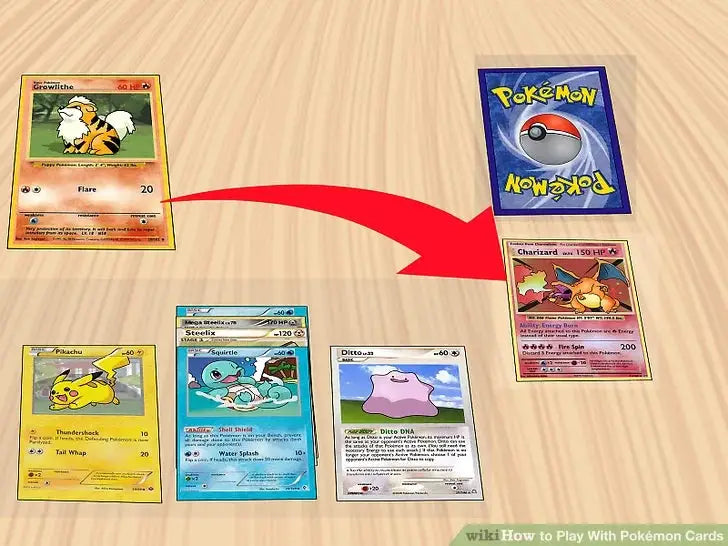
5 - Discard stunned Pokémon. Pokémon with 0 HP (damage amount is greater than or equal to the Pokémon's HP) are stunned. Place them in their owner's discard pile, along with any Energy or items that may be attached to them, and some or all of the evolutions. Then you can take a Prize card.
4) Treatment of special conditions
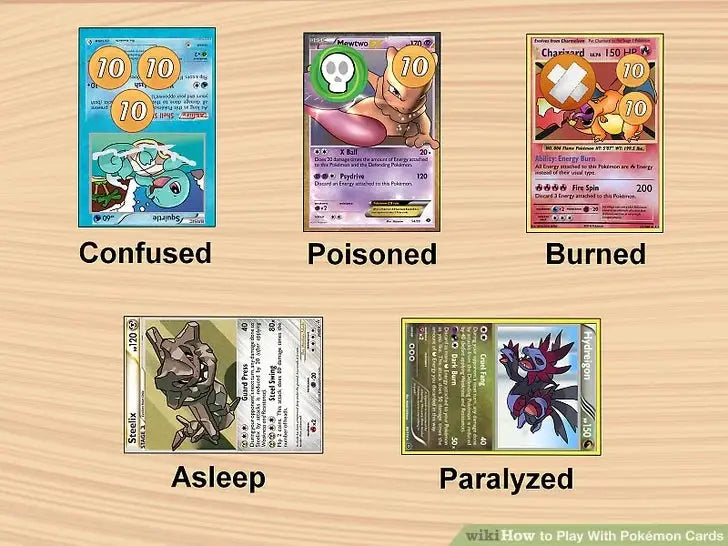
1 - Special Conditions are harmful status effects that can be applied to your active Pokémon. These are Burned, Poisoned, Asleep, Confused, and Paralyzed. Poisoned, Burned, Asleep, and Paralyzed have effects that occur between turns, in that order.

2 - Dealing with a Poisoned Pokemon. Put a Poison counter on the Pokémon that is poisoned. It takes 1 damage counter between each turn.
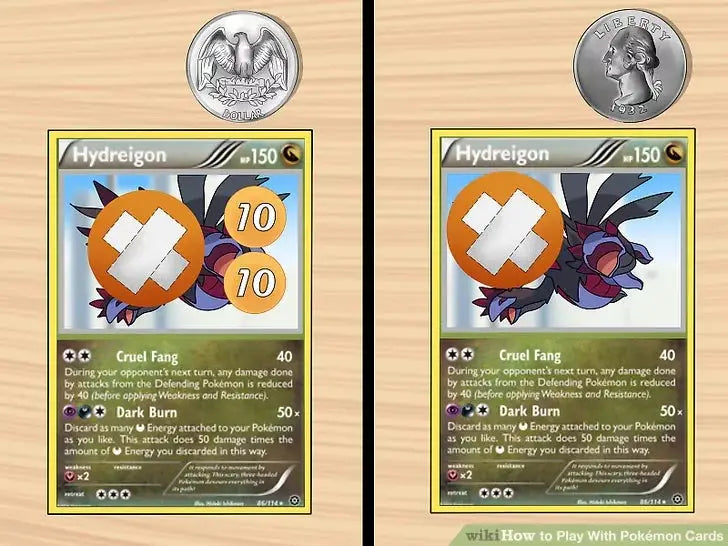
3 - Dealing with a Burned Pokémon. Put a Burned counter on the Pokémon if it's Burned. Toss a coin between two rounds. If tails, the Pokémon takes no burn damage. If tails, put 2 damage tokens on the Burned Pokémon.
Brûlé's rule of Sun and Moon is a little different. For the Sun and Moon rule, put a Burned marker (the Bandage marker), if your Pokémon is Burned. Between turns, put two damage counters on the burned Pokémon. Then, the owner of that burned Pokémon flips a coin. If heads, the Pokémon is no longer Burned, and you may remove the Burned marker. If tails, it remains Burned.
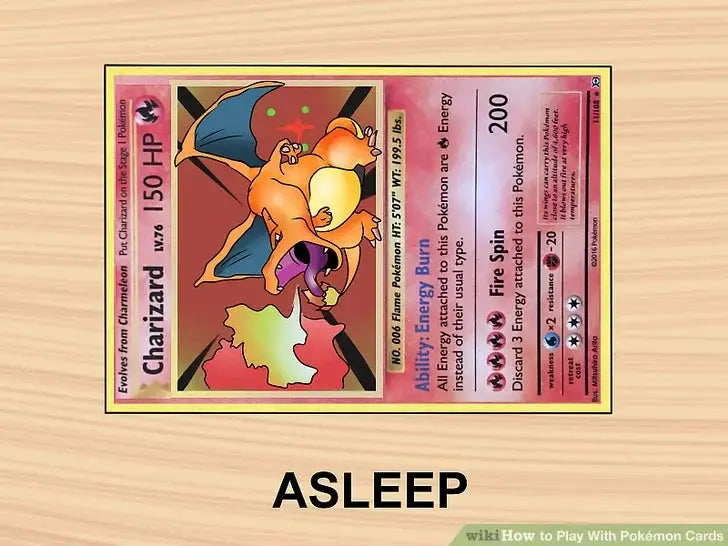
4 - Take care of sleeping Pokémon. If a Pokémon is asleep, its card is turned counterclockwise. Between turns, we flip a coin: if it's tails, the Pokémon wakes up. If tails, he stays asleep. The Sleeping Pokémon can't retreat or attack.

5 - Dealing with Paralyzed Pokémon. Paralyzed Pokémon are rotated clockwise, and cannot move backwards or attack. Paralysis is healed between turns if the Pokemon has been Paralyzed since the start of your last turn.

6 - Dealing with Confused Pokemon. A Confused Pokémon's card is flipped upside down. Flip a coin before attacking with a confused Pokémon; if tails, put three damage counters on this Pokémon and the attack does nothing. If heads, your Pokémon is successfully attacking.
If the attack involves a coin toss, toss the confusion first.
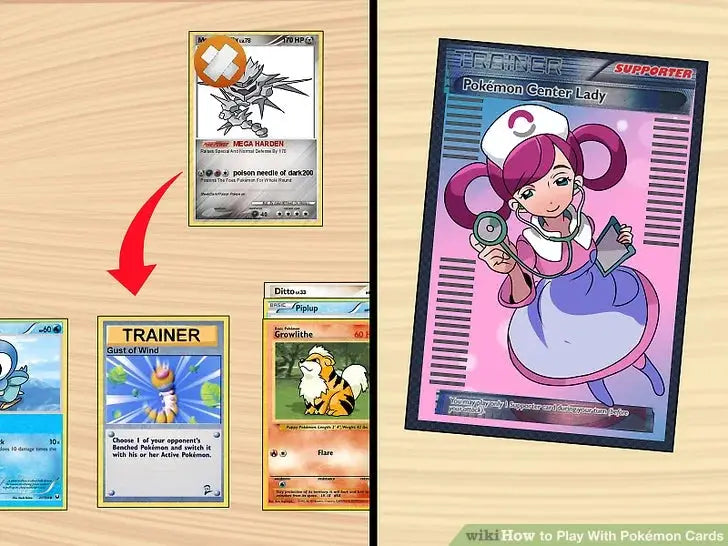
7 - Heal Your Affected Pokemon. The easiest way to heal an affected Pokémon is to put it back on the bench. It can't be put back on the bench if it's asleep or paralyzed, but it can still be swapped using effects. You can also use trainer cards that heal status conditions. If a Pokemon would be affected by multiple conditions that cause the card to spin, only the most recent one applies.
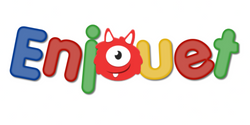

0 comments